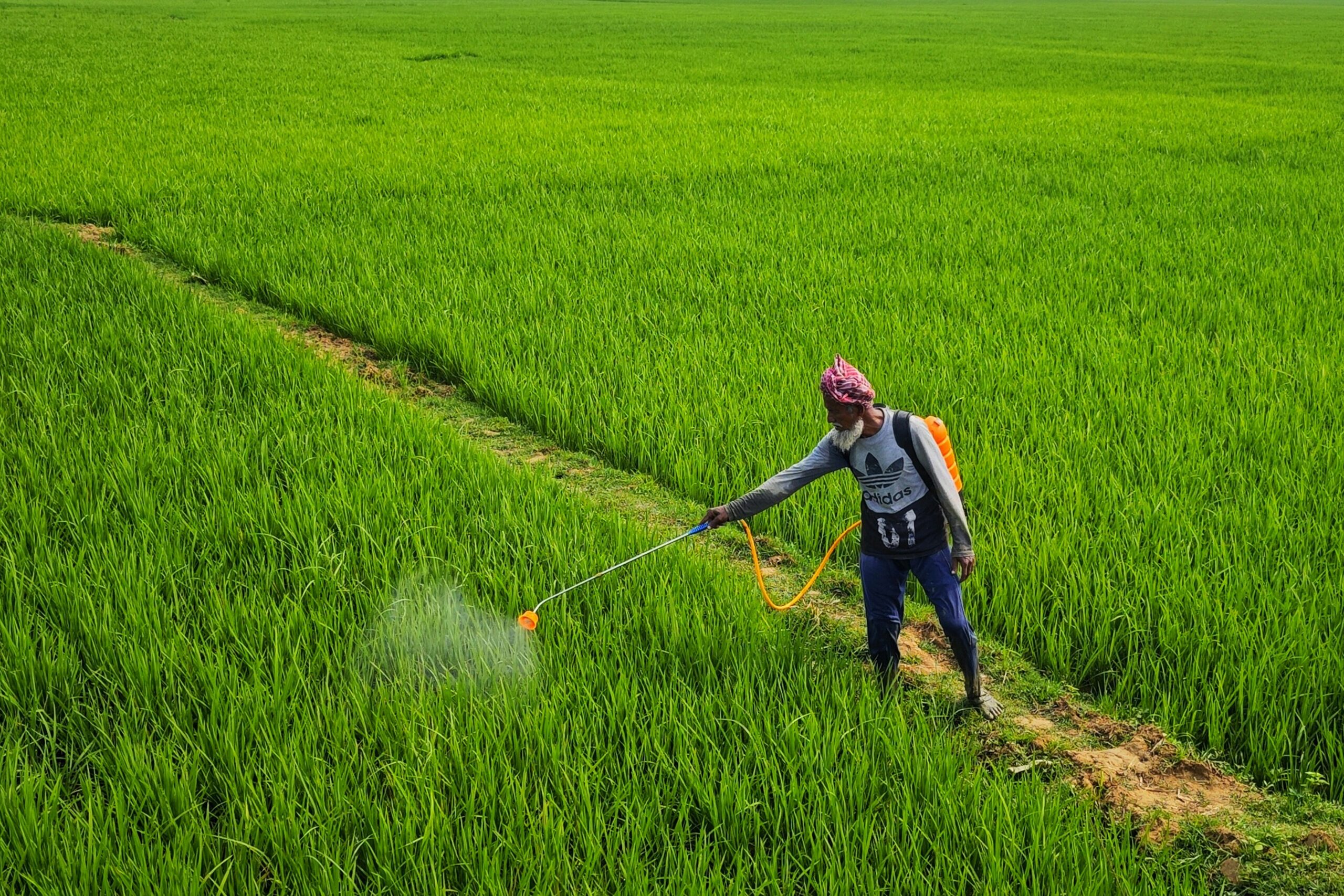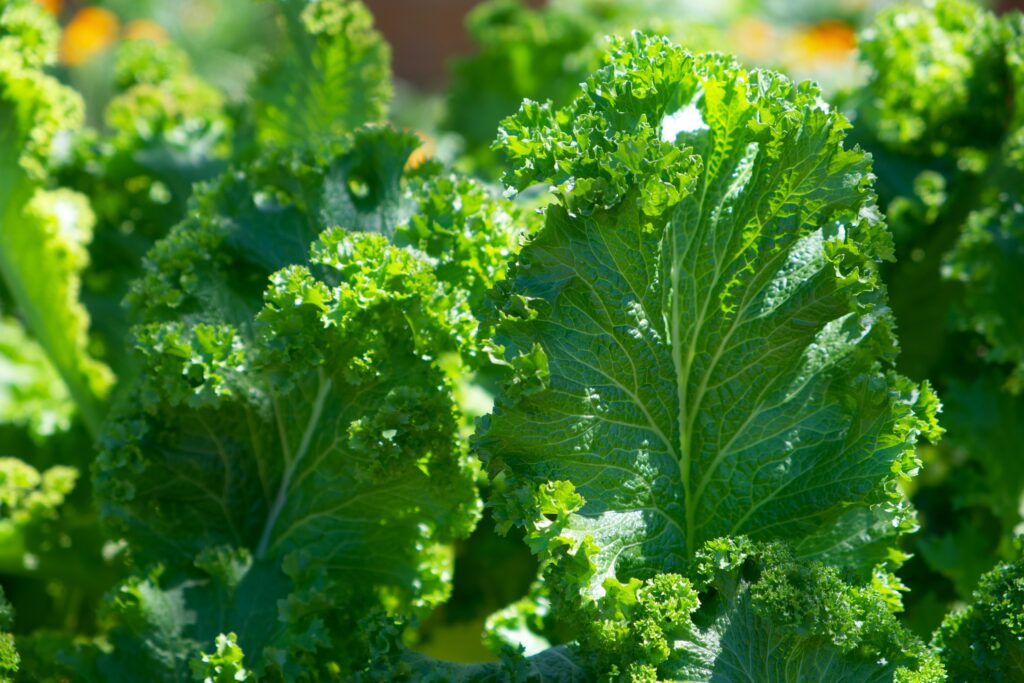
Many of us fill our plates with colorful fruits and veggies, hoping to fuel our bodies with nutrients and vitality. But even fresh produce can carry traces of herbicides. Glyphosate – the main ingredient in RoundUp and other weed-killers – is the most heavily used herbicide worldwide. It blocks a crucial plant enzyme (EPSP synthase) needed for growth. Because it’s sprayed on millions of acres, glyphosate ends up in our food, water, and environment. You might wonder about glyphosate health risks and detox options. Research shows that glyphosate can enter our bodies through skin contact, breathing spray particles, and ingestion of contaminated food. The good news is that we can take steps to reduce our exposure and support our bodies’ natural detox processes – let’s explore how glyphosate works and what you can do about it.

Chronic exposure to glyphosate can contribute to significant health issues. The World Health Organization’s cancer research agency (IARC) classifies glyphosate as “probably carcinogenic to humans.” California’s Office of Environmental Health Hazard Assessment similarly lists it as known to cause cancer. These classifications highlight the importance of understanding glyphosate health risks and detox strategies.
Glyphosate is also linked to inflammation and other subtle effects in the body. Studies show glyphosate can raise levels of cytokines (inflammatory messengers). It’s associated with DNA damage, oxidative stress, and hormone disruption (especially affecting estrogen). Scientists even suspect glyphosate can upset our gut microbiome, harming the beneficial bacteria in our digestive tract. Over time, these disruptions may increase the risk of chronic diseases like autoimmune conditions, metabolic disorders, or neurological issues (some research notes higher Alzheimer’s rates with glyphosate exposure).
In short, people often ask, “How can herbicides be harmful for your health?” When it comes to glyphosate, long-term exposure acts like a slow toxin as it accumulates in the body’s tissues. The key takeaway: reducing exposure is incredibly important.
We encounter glyphosate in everyday ways. It can drift in the air when fields are sprayed, stick to dust, or wash into water sources from runoff. You ingest glyphosate mainly through food. Understanding these exposure routes is essential for any glyphosate health risks and detox plan. Here are the most common sources:
Even though we worry most about long-term effects, acute poisoning by pesticide is rare in everyday life. For most people, the concern is chronic low-level exposure — making pesticide health risk assessment essential to maintaining wellness.

The great news is that you have control over many exposure routes. By changing what you eat and how you live, you can lower your glyphosate intake and support your body’s natural detox. Here’s how to start your glyphosate health risks and detox journey:
Every positive step lowers your overall glyphosate “body burden.” Reducing exposure and detoxing takes time and consistency but is crucial for vibrant health.
When focusing on glyphosate health risks and detox, tracking your progress is important. Testing your glyphosate levels provides feedback on how well your detox efforts are working. Experts at Nutrition Connection Balance recommend re-testing about every 6 months if initial levels are high.
Both detox and exposure reduction are essential. For personalized monitoring, consider specialized glyphosate testing. Nutrition Connection Balance offers at-home glyphosate testing services that fit health-conscious lifestyles. Our kit lets you check your levels at home (via urine sample) and get personalized supplements and lifestyle guidance to help lower them. (Learn more at Nutrition Connection Balance)
Reducing herbicide exposure is an investment in your health. By choosing cleaner foods, smarter practices, and regular testing, you give your body a fighting chance against hidden toxins. Over weeks and months, you’ll likely feel the benefits — clearer digestion, more energy, and peace of mind.
Stay consistent: even small changes (like eating organic berries or walking on untreated grass) add up. With each healthy choice, you’re stacking the odds in your favor and safeguarding your well-being. Prioritize a pesticide-aware lifestyle, and your future self will thank you.
Introducing all of the ways to work with us to optimize your health!
© 2025 - Nutrition Connection Balance.
Don’t miss our future updates!
Subscribe Today!